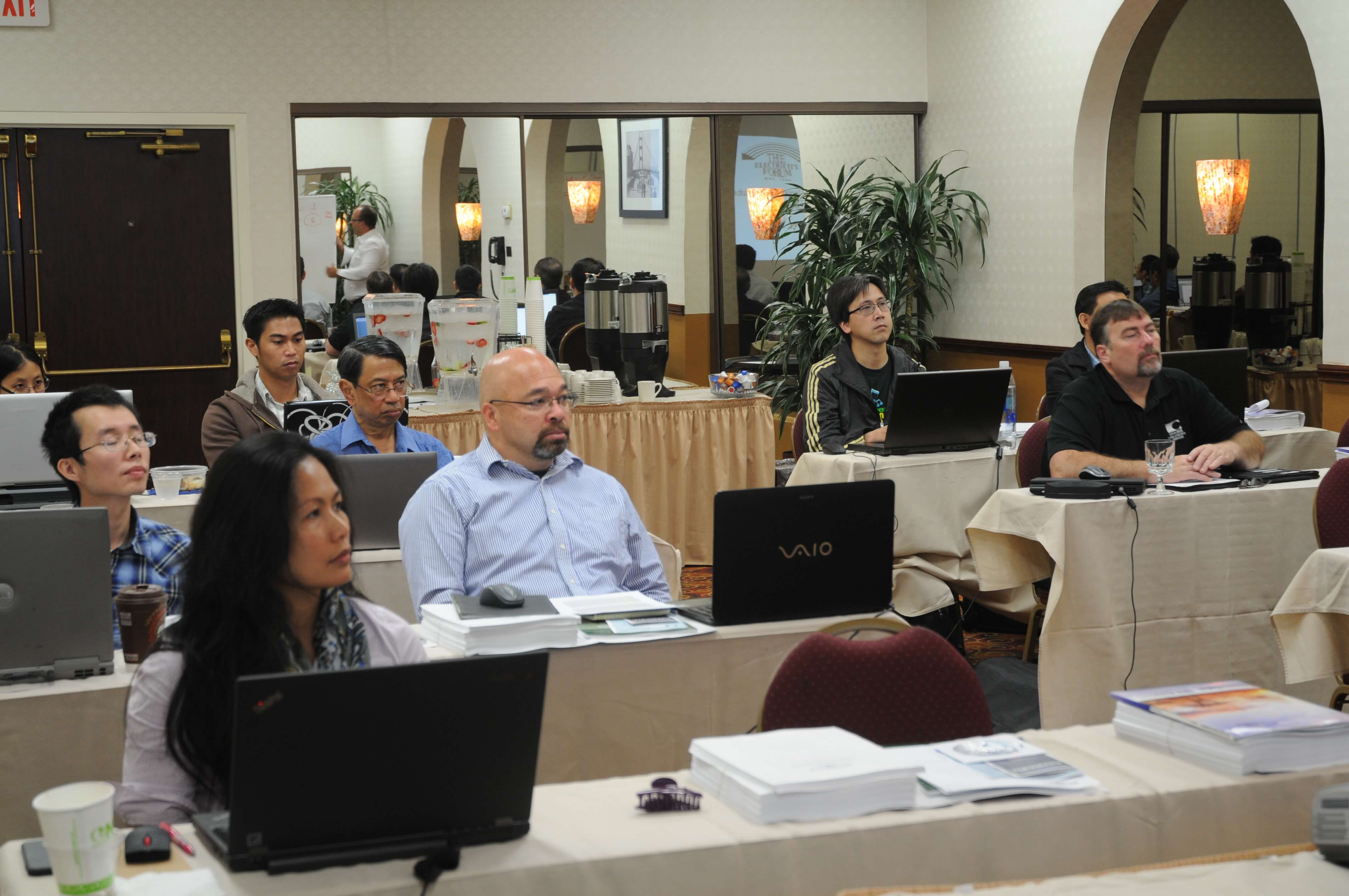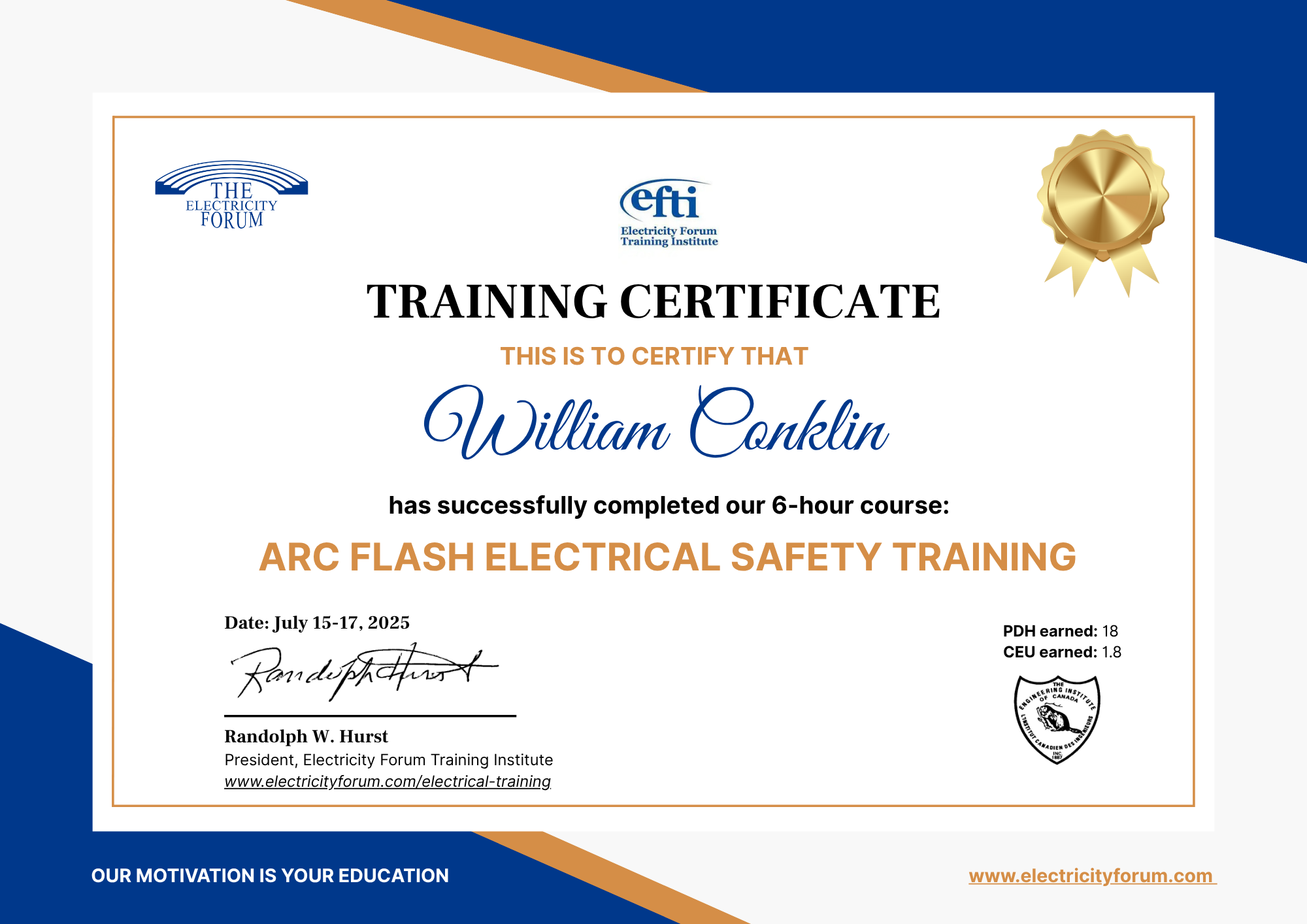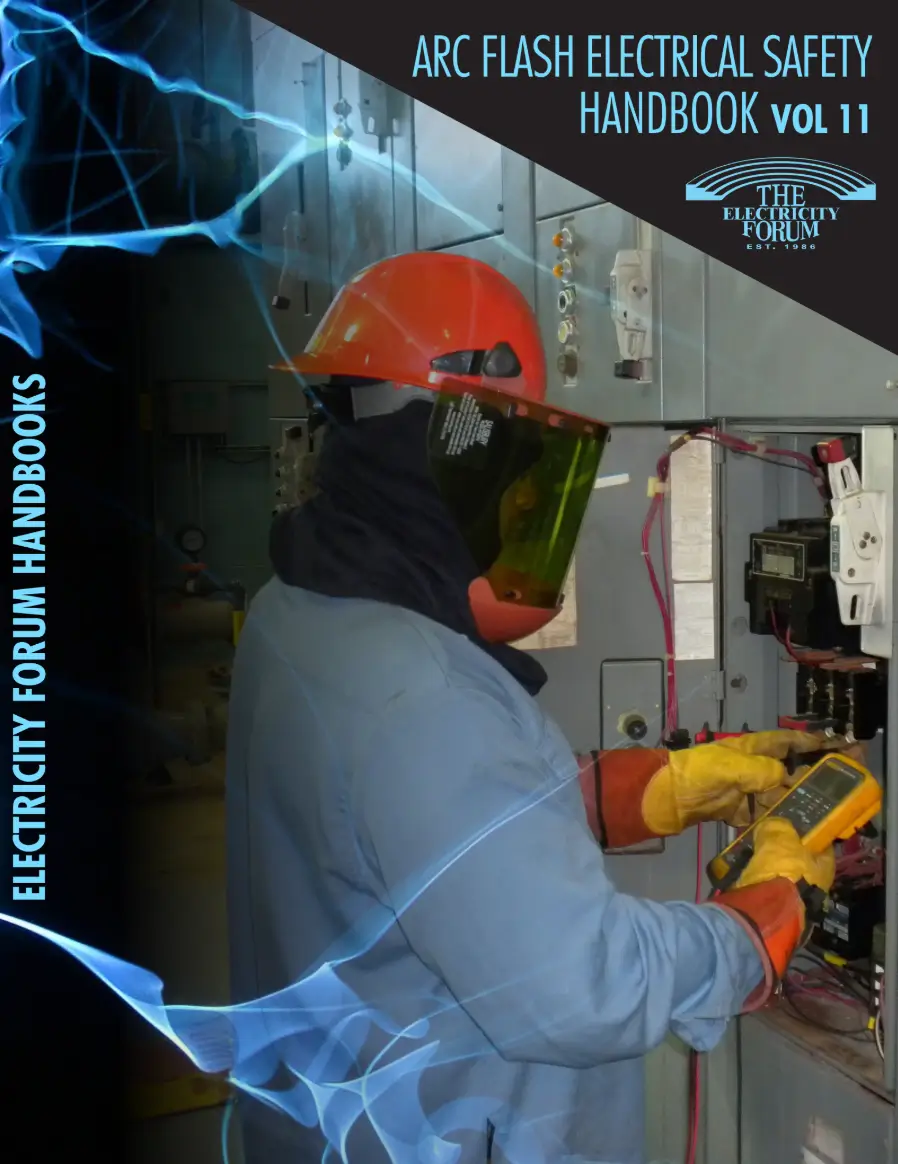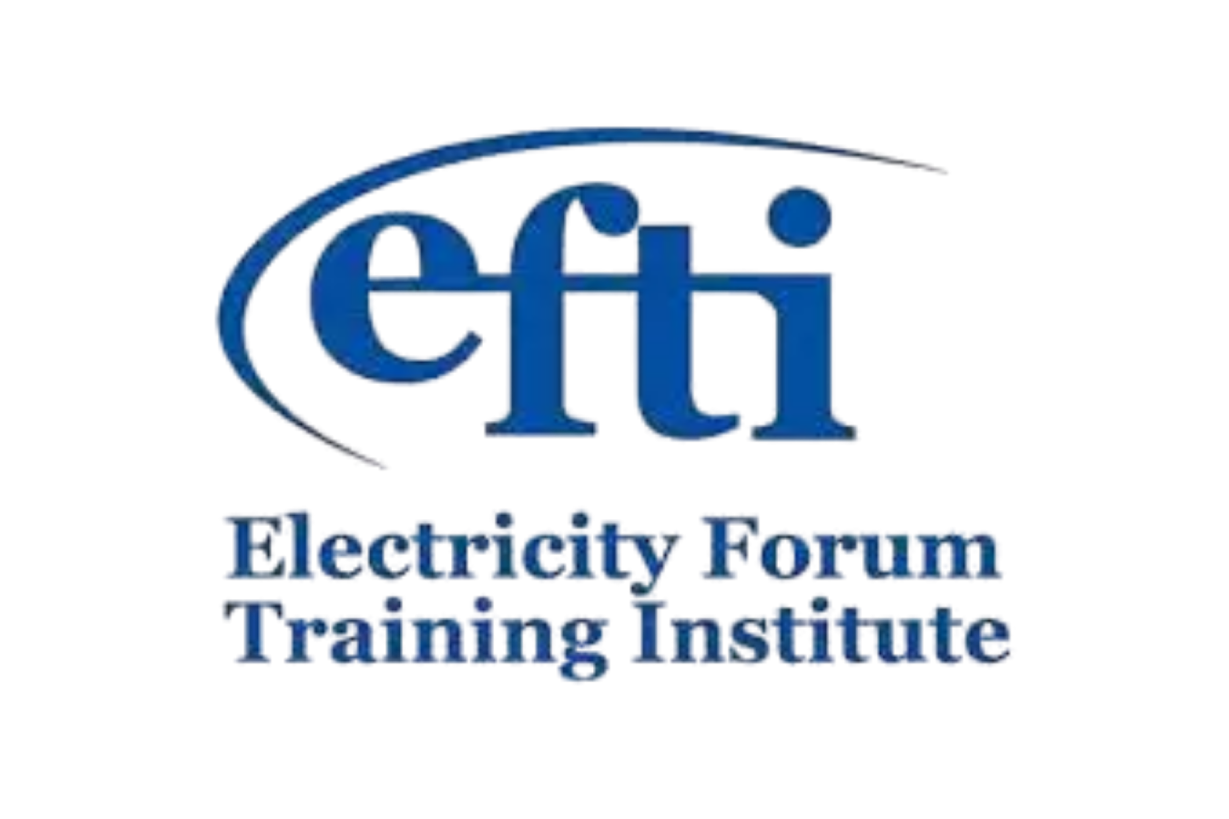PLC Training Basic Training Course Outline
DAY ONE
Introduction
This PLC Training course is intended for users with advance knowledge of Programmable Logic Controllers and how PLC’s function. Advancements in PLC technology and functionality, programming, networking and communications as well limitations and application considerations will be discussed.
Overview of PLC Training Course and Review
- A preview of what is to be covered
- To determine where the users are today.
Hardware Advancements
Hardware technology has physically shrunk in size but grown in capabilities. The informed users will understand the technology and allow them to minimize user logic by eliminating I/O configuration and scaling logic that is often required by the manufacturer.
New Functionality of PLCs
PLC’s have evolved over the years from simple relay replacement devices to devices that have powerful processing capabilities. The user instruction set evolved along with the PLC, giving the informed user the ability to maximize the processing power of the PLC. This will allow the users to enhance their manufacturing process by understanding and applying the enhanced capabilities of the PLC from simple relay ladder logic to advanced motion and process control technology.
Enhanced Instruction Set
The enhanced instruction set gives the users greater flexibility monitoring their system, setting system values, greater math capabilities, more power data manipulation and retrieval, equipment monitoring, motion control, ASCII comparisons and conversions and debug capabilities.
- Enhanced Instruction Set (New Enhancements to current instructions)
- I/O Instructions
- Compute and Math Instructions
- Move and Logical
- File/ Miscellaneous
- Equipment Phase Instructions
- Program Control Instructions
- For/Break Instructions
- Motion Instructions and Sercos
- ASCII Instructions
- Debug Instructions
Function Block Programming
Function block programming gives the user enhanced process control capabilities and control by utilizing the enhanced PID function block instruction and associated block instructions to maximize control of their process. Function block programming programming also gives the user the ability to use logic in a Boolean form, to scale and totalize without complex math calculations used in relay logic.
- Uses and limitations
- Drive Controls
- Process and Batch Control
- Filtering
- Statistics and Averaging
Structured Text Programming
Structured text programming allows the user to program in a simple text format and uses the same instruction set, with some exceptions, as relay the relay logic instruction and the function block instruction set. This allows for straight forward programming without the need for annotation of relay ladder logic or function block programming.
- Uses and Limitations
- Instruction Usage
- Future Attractions
- What’s next in programming?
DAY TWO
Communications and Connectivity
Communications is an ever changing technology and the PLC communication methods have changed along with the technology of today’s world. There are many communications platforms, or protocols available in today’s manufacturing world and the informed user will be able to interface from one platform to the other as seamlessly as possible and allow data acquisition from as many points as required by their process or facility.
- Networking
- Modbus, Data Hiway and Profibus
- Ethernet Connectivity and Pitfalls
- Ethernet
- Adapting Current Systems to the Ethernet
Intelligent Sensors and Third Party Vendors
In today’s manufacturing market place intelligent sensors and vision are having a larger influence on the plant floor environments. The HART protocol is the industry standard and the user will learn the techniques required to interface the PLC to HART protocol products as well as vision products.
PLC and HMI and SCADA Compatibility
Most of today’s PLC systems have a human interface product attached to them, either for operator use or for both operator use and data acquisition. Both will be discussed in this section and a comparison of various software platforms and driver capabilities will be examined giving the use valuable information which will allow the user to make a well informed decision when selecting a HMI or SCADA product to best fit their application.
- Software Computability
- Networking and Communications
Open Discussion of PLC Applications
Questions and Answers
COURSE SCHEDULE
Start: 10:00 am Eastern Time
Finish: 4:30 pm Eastern Time

















